IndonesiaIn the world of photography, not a few photographers, especially beginners, as if terlena on things that are only technical, such as arranging aperture, setting speed, and distance settings. It is also possible, as long as it is unthinkable that in the photograph contained certain values that can make the photo is good or otherwise become a mess. One of them is the arrangement of the composition. Probably never imagined, that by setting the actual composition can be highlighted the main subject. Not even rarely will support the success of the photographs that we make.
Definition of Composition
Composition is simply defined as how to organize the elements in the picture, these elements include lines, shapes, colors, light and dark. The most important aspect of the composition is producing visual impact (an ability to convey the feelings you want to express in a photo). With the composition, the photo will look more interesting and pleasing to the eye with the layout and bundle of objects that support in a photo. Thus it is necessary to organize in such a way that the goal can be achieved, whether it is to convey a static and silent impression or something surprising. In composition there is always one point of attention that first attracts attention.
Purpose Setting Composition In Photography
By adjusting the composition of photos, we can also build a "mood" of a photo and the overall balance of the object image.
Prepare the embodiment of ideas into a good compilation of images to realize a unity (unity) in the work.
Train eye sensitivity to capture the various elements and hone the aesthetic sense in the photographer's pers
Types of Composition:
- Line
This composition is formed from the packing of lines dynamically either straight line, curved / curved. Usually this composition can cause the impression of depth and impression of motion on a photo object. When the lines are used as subjects, what happens is the photos become attention-grabbing. It does not matter whether the line is straight, curled or curved, bringing the eye out of the picture. The important thing is that the lines become dynamic.
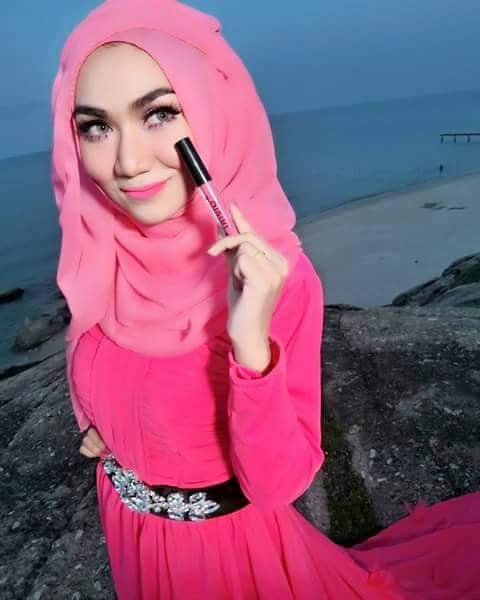
- Form
This composition is usually used by photographers to give a visual emphasis on the abstract quality of a photo object. Usually the most commonly used forms as compositions are boxes and circles.
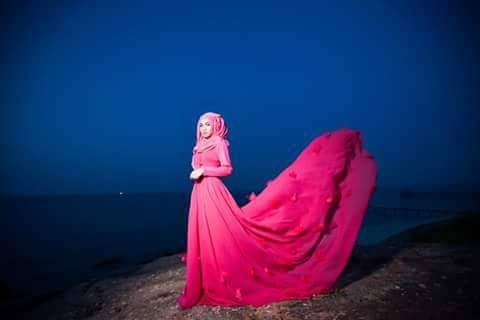
3.Color
Color gives an elegant and dynamic impression on a photo when it is well composed. Sometimes the composition of color can also give the impression of graceful and able to perfectly bring up the "mood color" (keserasian color) a photo, especially on the photos - pictorial "(Photo highlighting the beauty elements)
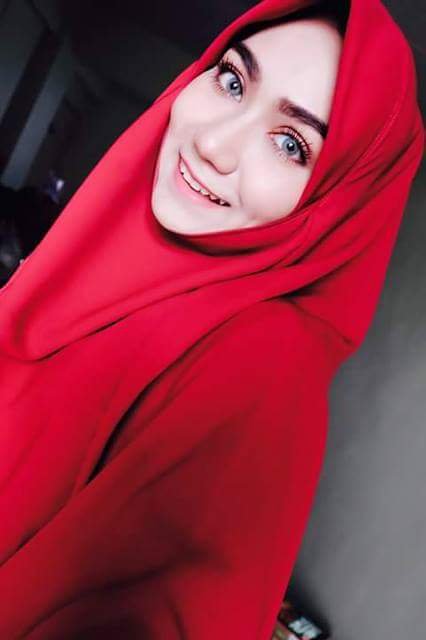
4.Dark and bright
This composition is actually used by photographers in the era of analog photography is still growing rapidly, especially on the black and white photoshoot. However, nowadays, in the midst of the digital era this composition is being re-applied. Now dark and bright compositing is used as an emphasis on the visibility of an object. We can use this composition well if we are able to pay attention to the contrast of an object and must pay attention to the surroundings of the disturbed object that would make the dark game a photo light would be lost.
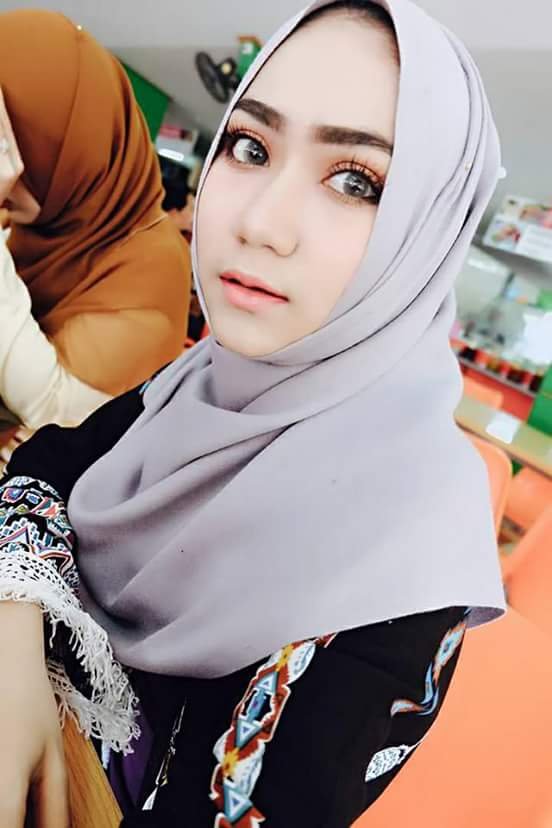
5.Texture
That is the order that gives ksan about the state of the surface of an object (smooth, rough, irregular, irregular, sharp, soft, etc.). The texture will appear from the bright dark or the shadows and contrasts arising from the lighting at the time of shooting.
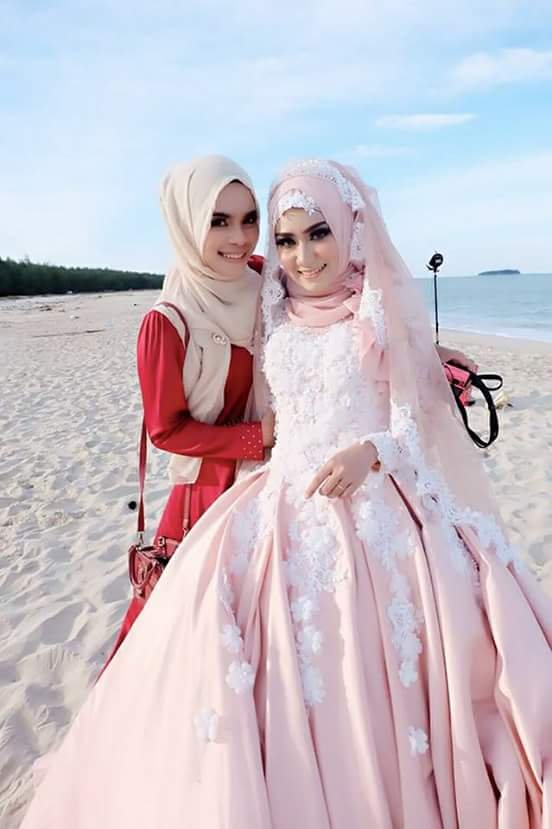
Application of Composition In Photoshoot
In the packaging of a photo to appear dynamic and to create harmony requires an understanding of the rules about the composition. Among others:
Rule of Thirds (Third Section / Together Formula)
In the general rule of photography, the real image area is divided into 9 equal parts. A third part is a technique in which we place the object on a third of the photographic area. This is very different from the common ones where we always place the object in the middle of the photo area
Ø Angle of View (Angle of View)
One of the elements that builds up a photo composition is the angle of object retrieval. The angle of taking this object is determined by the purpose of shooting. So if we get a moment and want to get the best results,
never be afraid to take pictures from different angles. Start from the standard (parallel to the object), then try with different angles from top, bottom, side to extreme angle.
Ø Format: Horizontal and vertical
A long-term view of the camera's view vender allows us to shoot using landscape (horizontal) or portrait (vertical) formats. The shooting format may have different effects on the final composition.
Ø Dimensions
Although the photo is a two-dimensional story, which means all recorded on one field. However, the actual photos can be impressed to have depth, as if the third dimension. The main element of forming dimension is distance, Dimension can be formed when there is distance, if we display an object in a dimension hence will form distance in each element. To create a dimension required the existence of a sharp game room, a bright dark game and a line.
Angle Taking a Picture (Camera Angle)
In photography so that the images we produce have the value and the beautiful impression must be considered about the problem of using a good shooting angle. In photography there are three basic shooting angles:
§ Bird Eye
The angle of this image, the position of the object below / lower than we stand. Usually the image angle is used to indicate what the object is doing (HI), what elements are around the object, and give the impression of comparison between the overview (whole) environment with POI (Point Of Interest).
§ High Angle
High view. that is, the photographer is at a higher position than the photo object.
§ Eye Level
The angle of the image where the object and the camera are aligned / the same as the eye sees. Usually used to produce a thorough and uniform impression on the background of an object, accentuating the expressive side of an object (HI), and usually the angle of shooting is also intended to position the camera parallel to the eye of the lower object than we miss, the children.
§ Low Angle
Shooting is done from below. Shooting angle where the object is higher than the camera position. The corner of this image is used to photograph the architecture of a building to impress strong, majestic and towering. Namu, did not close the possibility can also be used for shooting models to impress elegant and elegant.
§ Frog Eye
The angle of vision is limited to the frog's eye. In this position the camera is at the bottom base, almost parallel to the ground and not faced upwards. Usually shooting like this done in battle and to photograph the flora and fauna.
Field Of View
Several types of commonly used compositions in terms of size (field of view) to be taken are as follows:
a. Extreme Close Up
Shooting is very close to the object, so the details of the object such as skin pores will be clearly visible.
b. Head Shot
Capturing head to chin.
c. Close Up
Shooting from head to shoulder.
d. Medium Close Up
Shooting from head to chest.
e. Mid Shot (half body)
Shooting from head to waist.
f. Medium Shot (Three quarters body)
Shooting from head to knee.
g. Full Shot (Entire Body)
Shooting from head to foot.
h. Long Shot
Shooting by providing more background or foreground portion so the object looks small or remote.
Some types of compositions in terms of the number of humans as the object being photographed are as follows:
a. One Shot
Shooting for one person as an object.
b. Two Shot
Shooting for two people as objects.
c. Three Shot
Shooting for three people as an object.
d. Group Shot
Shooting for a group of people as objects.
Some things to consider in shooting, among others
v Headroom, is a space above the head that functions to limit the frame and the top of the object head.
v Noseroom, direction or object space in a frame, aimed at giving the view space so impressed that the object was indeed looking at something.
v Foreground, everything is the foreground of the object.
v Background, everything that becomes the object's background.
TIPS HUNTING
Early preparation
- Prepare the camera and other equipment you need (such as flash, tripot, filter, etc.)
Before starting a hunting plan the concept and what objects to take.
At Hunting Time
Take all the objects that existed in the location and think about what will be described in the photo to be taken.
For beginners, start hunting with diverse and basic objects, such as landscape, human interest, portrait, architecture, etc. Then go to the types of photos that lead to more journalism such as features, spots, essays and stories.
Post Hunting
After hunting results so, do an evaluation to find out the deficiencies and advantages of our hunting.
Most importantly, do photo and exhibition presentations to show our products to many people.
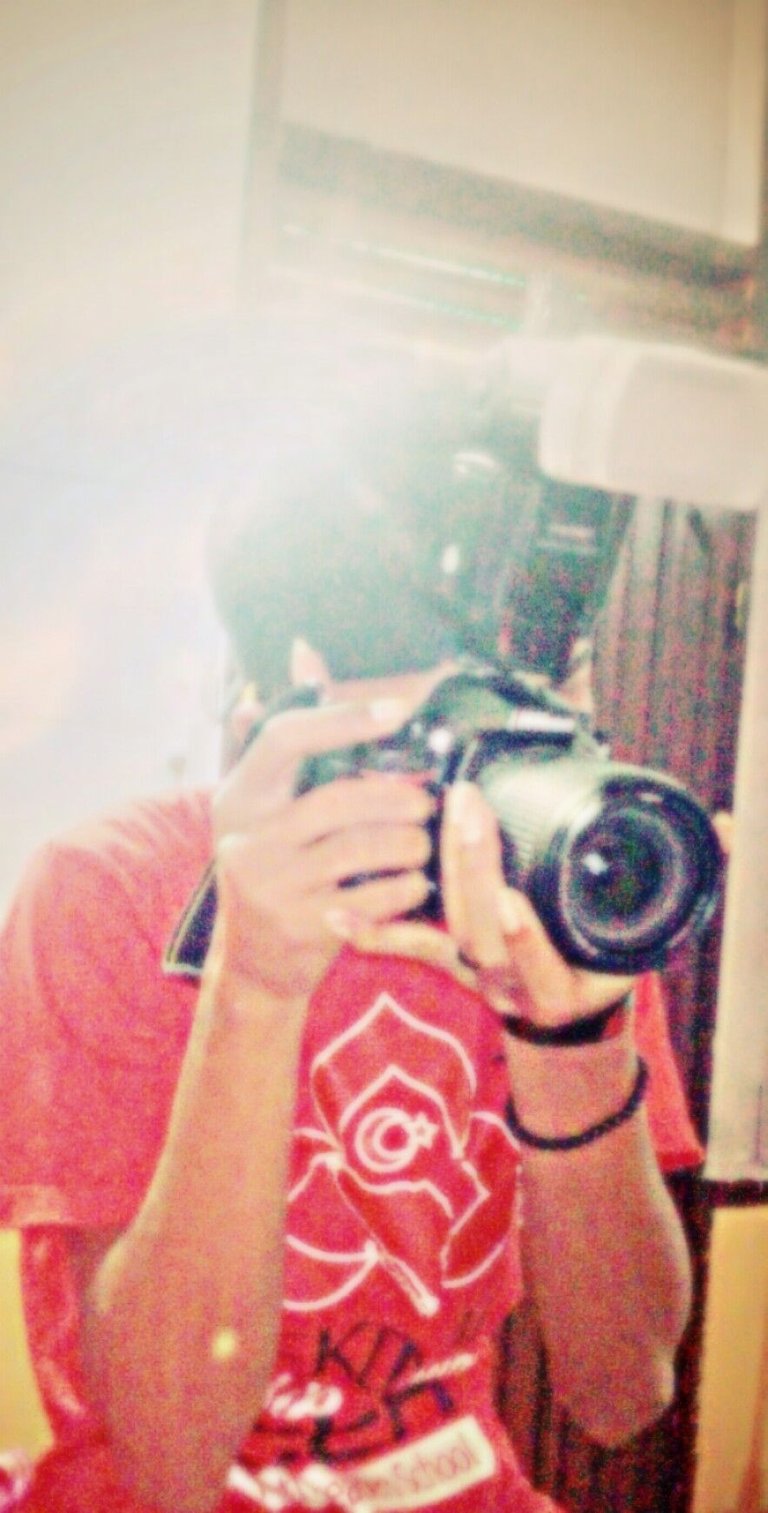
Suport me


thank you for reading the article from me @ anjas.ganesha if you like uvote and follo me